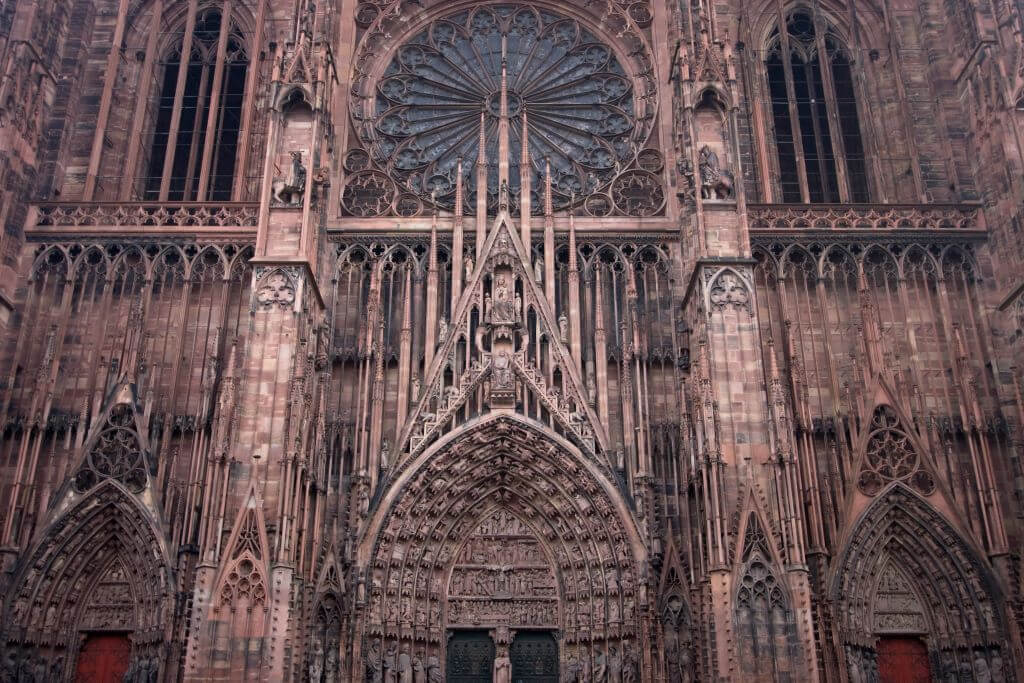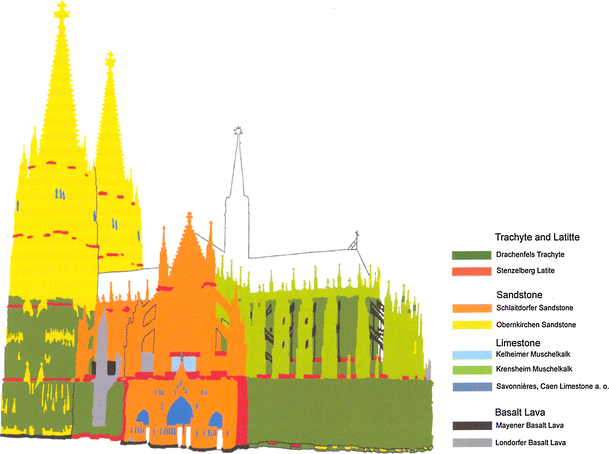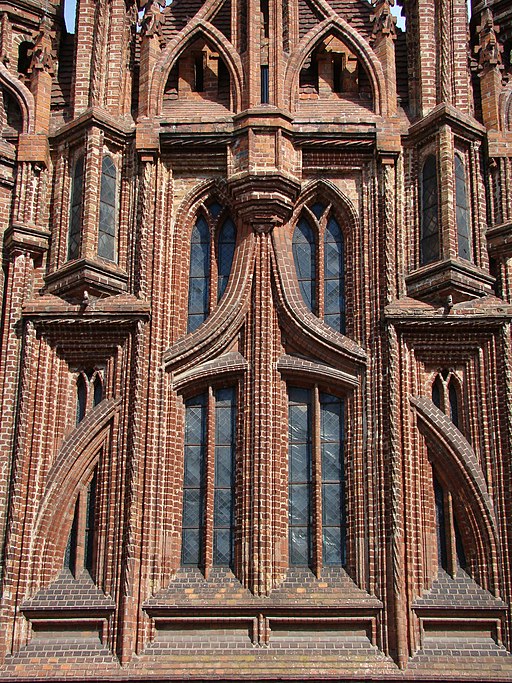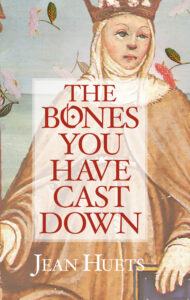My review of Ben Hopkins’ novel Cathedral is posted at Historical Novel Society.
Cathedral takes place in, as the author says, “the fictional medieval Rhineland city of Hagenburg” (not to be mistaken for real-life Saxony Hagenburg). Hopkins’ city is situated on the banks of the Rhine River, in the neighborhood of Strasbourg. At the time, the mid-13th century, Strasbourg—then spelled Strassburg—was an ecclesiastical principality of the Holy Roman Empire, with a Roman Catholic bishop ruling. It was taken into France in the late 17th century.
BUY CATHEDRAL: Bookshop.org | Amazon | Indiebound
The stones of the cathedral in Cathedral come from “a mighty seam of purplish-brown sandstone” in the “Vogesen Hills.” The Massif des Vosges yields a famous grès rose, or pink sandstone, from which the Strasbourg Cathedral was made. The stone’s trip to Strasbourg would have been arduous; the Vosges quarries were about 60 kilometers northwest.
The 20th-century has visited two monsters on Europe’s cathedrals: war and pollution. But In Cathedral‘s labyrinth of stone, a different monster is named by the stone master: “It is Weight.” That is indeed the great problem with building in stone: its weight, not only in raising it, but in moving it from quarry to building site.
Here, let’s take a moment to quibble. Why does Hopkins make his poor oxen take two days to transport the stone by cart to the building site, rather than transporting it by water? For unlike Strasbourg’s Vosges quarries, Hopkins’ quarry is riverside. Possibly boats and docks could not handle stone efficiently. But given the scope of the project, I think they would have found a way. Another quibble: Hopkins describes a stone mason, “cutting blocks to the perfect size” at the building site. The master mason would have dictated the specs of the stone, but cutting them to size and dressing them would likely have been done at the quarry itself, given the weight and awkwardness of quarry blocks and the great amount of waste generated in forming dimension stone. Okay, quibble over.
It’s difficult to imagine how a cathedral begun in the 13th century might have looked in its first fifty years. Most took centuries to complete, absorbing along the way evolving technology and architectural styles. For example, in 1250, after the chancel of the Strasbourg Cathedral was completed in Romanesque style, the powers that be decided they wanted a more trendy design, and so the nave was built in Gothic style. Powerful players changed, too, with each determined to leave their mark on what they knew would be their most enduring legacy.
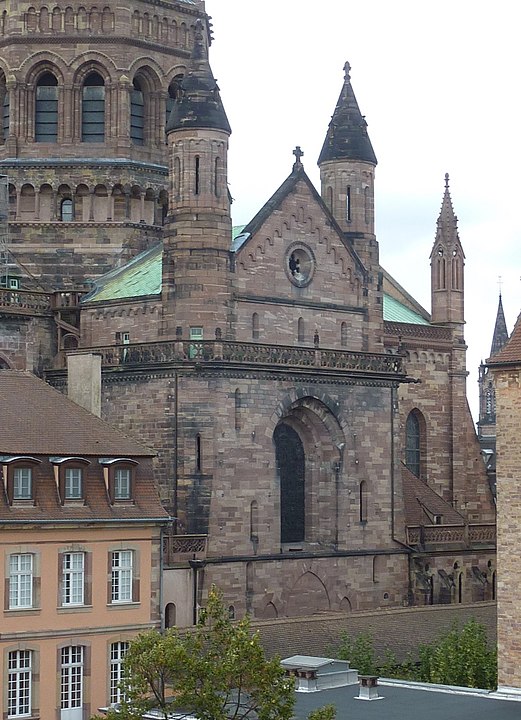
Even the stone itself could vary according to what was available during various phases of construction and repairs. The medieval part of the Cologne Cathedral, which lays north on the Rhine from Strasbourg, and whose foundation stone was set in 1248, was built of Drachenfels trachyte, an igneous rock from the quarries of the Siebengebirge. Since the quarry operated only intermittently, different construction periods as well as later repairs included other kinds of stone. The sheer variety of technique and materials makes preservation a moving target.
In areas lacking stone quarries nearby enough for transportation, “brick Gothic” cathedrals and castles rose. Even as the brickwork imitates stone masonry, its rich earthen colors give it a beauty all its own. And under the right patronage, it could be mind-bogglingly elaborate, as in these windows of the St. Anne Church in Vilnius, Lithuania.
SOURCES: Strasbourg Cathedral and here | St. Ann Church | Ben Hopkins | Vosges Mountains. Stones of Cologne Cathedral |
RENAISSANCE ITALY: GLORY, BEAUTY, GREED, WAR.
A POWERFUL HOLY WOMAN. THE INQUISITION….
A novel based on the true story of the Popess card of the tarot.
BUY: Signed by author, free shipping in US
BUY: bookshop.org | Amazon US | Amazon CA | B&N | indiebound
“Enchanting & richly historical, heart-wrenching & intoxicating.” —Stuart R. Kaplan, author Pamela Colman Smith.
“A storytelling treasure. The sights, smells, feel of Renaissance Italy seep from every pore of the story.” —Ron Andre, A Matter of Fancy

